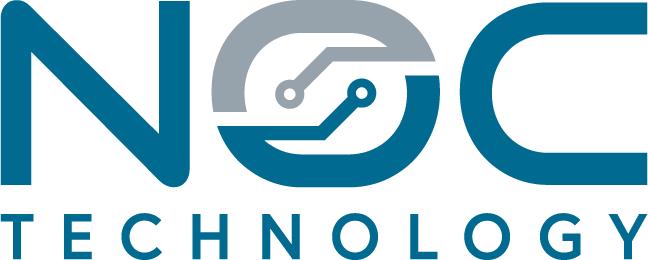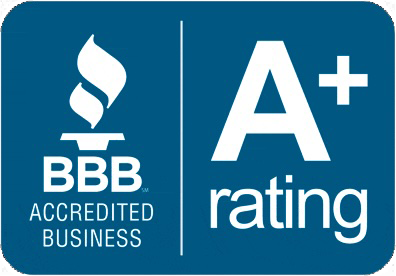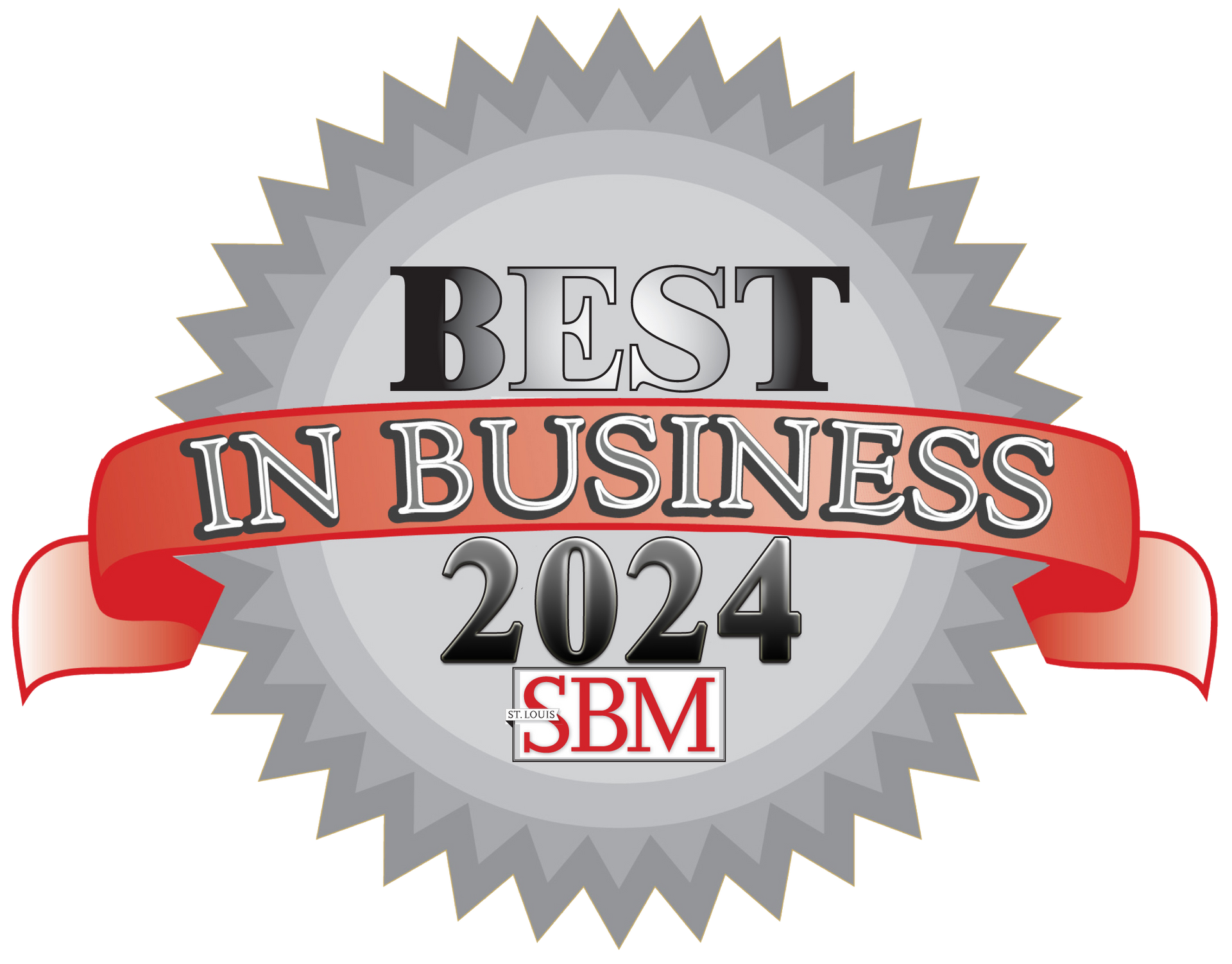Leveling the Playing Field
by Jon Lober | NOC Technology
How Small and Midsize Businesses Can Compete with Corporations

Small and midsize businesses (SMBs) often face challenges when trying to compete with larger corporations. However, with the right strategies and tools, SMBs can level the playing field and gain a competitive edge. One essential tool for SMBs is the use of cloud services.
The use of cloud services allows SMBs to access the same powerful technology and resources that corporations use, without the need for significant upfront investments or maintenance costs. Cloud services such as Software as a Service (SaaS), Platform as a Service (PaaS), and Infrastructure as a Service (IaaS) provide SMBs with access to a wide range of tools and services, including:
Business Applications
Cloud-based business applications, such as customer relationship management (CRM) and enterprise resource planning (ERP) systems, provide SMBs with the same powerful tools that corporations use to manage their operations. These applications can help SMBs streamline their processes, improve efficiency, and gain insights into their business.
Storage and Computing Power
Cloud services also provide SMBs with access to scalable storage and computing power, allowing them to handle large amounts of data and process it quickly. This is particularly important for SMBs that are growing quickly or have seasonal fluctuations in their business.
Collaboration and Communication Tools
Cloud services also offer a range of collaboration and communication tools, such as video conferencing and team messaging, that allow SMBs to work effectively with remote teams and customers.
Security and Compliance
Many cloud service providers offer built-in security and compliance features, such as encryption and data loss prevention, that can help SMBs meet regulatory requirements and protect their data.
Another advantage of cloud services is that they are highly flexible and can be easily scaled up or down as needed. This allows SMBs to respond quickly to changes in their business, such as an increase in demand for their products or services. Furthermore, cloud services can provide SMBs with a level of scalability that would be difficult to achieve with on-premises solutions.
In addition to the benefits of cloud services, there are other strategies that SMBs can use to compete with corporations:
Focus on Customer Service
SMBs can differentiate themselves from corporations by providing a high level of customer service. This can include personalized attention, quick response times, and a willingness to go the extra mile to meet customer needs.
Leverage Niche Expertise
SMBs can also use their niche expertise to their advantage. By focusing on a specific market or product, they can become experts in that area and offer unique value to their customers.
Embrace Technology
SMBs should also stay up-to-date with the latest technology and tools. This can help them automate their processes, improve efficiency, and gain insights into their business.
Network and Collaborate
SMBs can also benefit from networking and collaborating with other businesses. This can include forming strategic partnerships, joining industry associations, and participating in local business events.
In conclusion, SMBs can compete with corporations by leveraging the power of cloud services and adopting a range of strategies. By using cloud services to access the same powerful technology and resources as corporations, SMBs can streamline their operations, improve efficiency, and gain insights into their business. Additionally, by focusing on customer service, leveraging niche expertise, embracing technology, and networking and collaborating, SMBs can differentiate themselves from corporations and gain a competitive edge.




